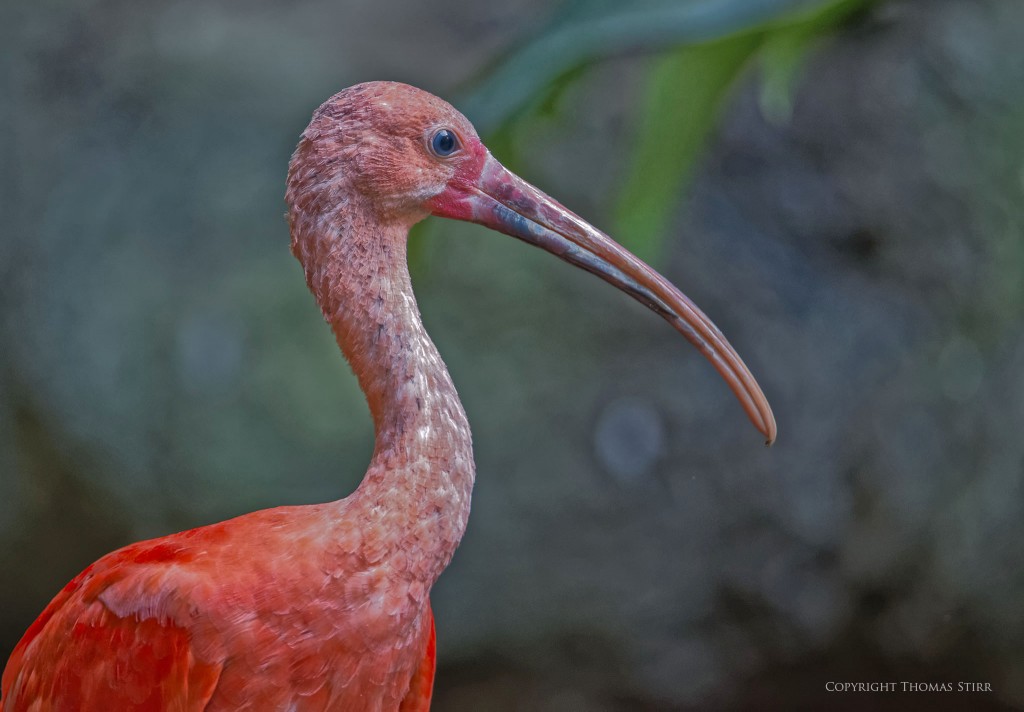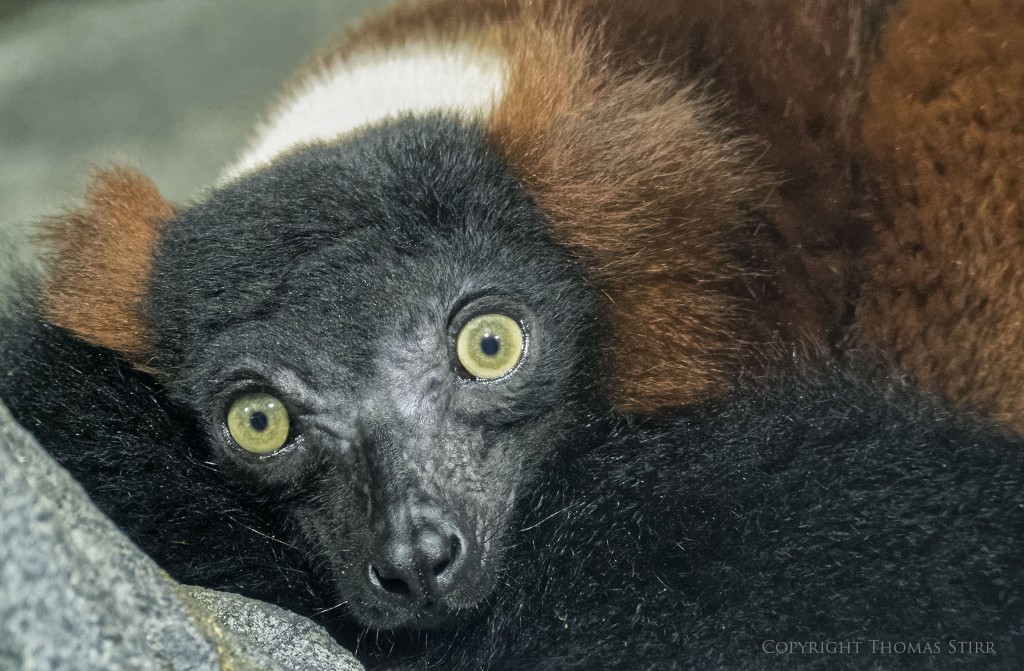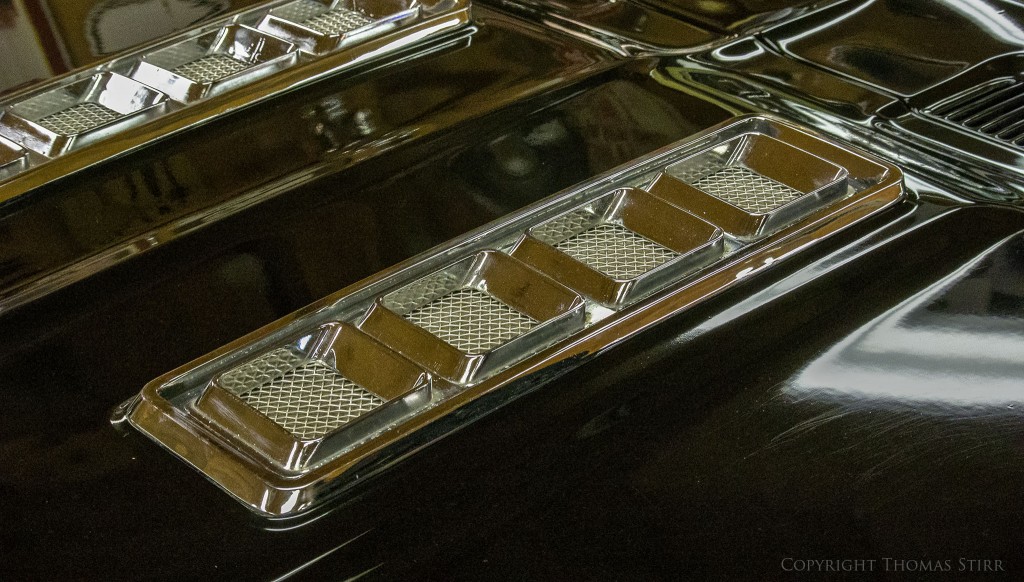Dealing with noise is one of those inevitable things that almost all photographers face to some degree with their work. Folks who primarily shoot indoors under controlled lights in a studio can create as much light as they need for the subjects being photographed. So, they are less prone to worry about noise in their images.
Those of us who shoot in less controlled environments, like dark indoor settings or outdoors, may have to deal with noise on a fairly regular basis.
NOTE: Click on images to enlarge. To read this article in a range of other languages click on the Canadian flag in the right hand corner.

This is especially true if we use smaller sensor cameras like APS-C, M4/3, 1 inch, or even smaller. Photographers who do a significant amount of their work under dark lighting conditions often choose larger sensor cameras as this type of gear may better suit their specific low light needs.

That doesn’t mean that everyone should rush out and buy full frame camera equipment. There are practical things that we can do when dealing with noise with the camera gear that we currently own. The objective of this article is simply to share some techniques that I’ve been using, which may be helpful to others. It is not to compare low light performance between different camera formats or brands. These types of comparative ‘discussions’ can become heated… and are quite frankly pointless.

Know your camera gear.
Regardless of the gear that we may own, it is critical that we know our camera gear intimately if we expect to get the best performance out of it. One of the first things is to establish what ISO value is at the outer boundaries of our gear… and within our tolerances for image quality and noise. These boundaries are not solely defined by our camera gear. Our photographic skills, our physical handheld limitations, and our abilities in post processing, all play a part in the ISO limitation we may set for ourselves.

When I was shooting with Nikon 1 gear the common assumption at the time was that Nikon 1 cameras could not be shot at anything above ISO-800. After experimenting with my first Nikon 1 V2, I discovered that I could regularly use my Nikon 1 gear up to ISO-3200 and get the results I needed.

Since I’m a handheld shooter it was critical for me to establish what my physical limitations were in terms of specific lenses and shutter speeds. For example, I discovered that I could use the 1 Nikkor 6.7-13 mm f/3.5-5.6 at the wide end with a shutter speed of 1/10th of a second without even thinking about it.

There will be occasions when we need to push our typical boundaries a bit further. The image above was captured handheld with Nikon 1 gear using a shutter speed of 1/5 of a second, at a focal length of 64 mm (efov 172.8 mm). To capture this image, I was sitting in a chair in a bistro, with my arms firmly anchored on a table, and shooting up towards the ceiling.

Use the lowest ISO possible to achieve a proper exposure.
Everyone understands that a camera has its best dynamic range and colour depth when shot at its base ISO value. For Olympus/OM cameras this is ISO-200. So, it makes sense to use ISO-200 whenever it is feasible in order to get the best image quality possible. We need to remember that noise is not caused by ISO… it is caused by a lack of light when we are exposing our photographs.

Some folks have been told that they should ‘always’ shoot at base ISO. So, they slavishly follow this dogma and can end up underexposing their images… sometimes by a very significant amount. Believing that ISO value is of paramount importance can be problematic. ISO value, contrary to popular belief, is not the most critical factor. Getting a proper exposure with our shutter speed and aperture choices should be our number one priority when it comes to minimizing noise.


Avoid lifting shadows in post.
When we underexposure an image, regardless of the ISO at which it was captured, we create noise in our photograph. Noise is most visible in shadow areas, and in smooth, out-of-focus backgrounds. When we underexpose an image, then lift the shadows in post, we can reveal a lot of noise that was hidden in the dark areas.
If we are concerned about noise, it is usually much better to leave shadow areas dark, and not try to lift them in post. This also saves us a lot of time in post trying to correct a bad exposure.

Leverage IBIS/VR technology.
When trying to get a proper exposure we have two settings at our disposal… shutter speed and aperture. Often we are photographing subjects that are reasonably stationary. In these situations we can use a slower shutter speed which will help us bring our ISO value lower.
For example, the image above was captured using a handheld shutter speed of 1/13th of a second, with a focal length of 600 mm (efov 1200 mm). I shot wide open at f/6.3 so I was able to use ISO-640 for this photograph. Using a shutter speed of 1/100th would have bumped my ISO value by 3 stops.

If our camera body, or lens, is equipped with very good in body image stabilization (IBIS) or vibration reduction (VR) we can use that technology to get sharp images at slower shutter speeds. We need to be aware of any subject movement so we choose an appropriate shutter speed for the situation.

Large birds in flight, as seen above, can be photographed using a slower shutter speed (e.g. 1/1250) as compared to a smaller bird that may require a shutter speed of 1/2500 or higher.

Overexpose when needed.
When forced to shoot action scenes in low light it can be helpful to purposely overexpose an image to help control noise. Since we know that noise is more noticeable in shadow areas, by overexposing a photograph we can reduce the image noise in the file by increasing the amount of light we are capturing on our camera’s sensor. We can then darken the image in post to bring back highlights and details, and not increase the noise in the image.
The photograph above was captured through my kitchen window late one afternoon in early winter. I used a shutter speed of 1/4000 along with ISO-16000. By looking at my camera’s histogram, I was able to ensure that my exposure was not too bright as to clip highlight details. The finished image has little visible noise, and has a reasonably good amount of detail. This is not what many folks would expect from a M4/3 image captured handheld at ISO-16000.

Stack or combine images.
When shooting in low light situations we can stack a number of images to help minimize potential noise in our photographs. Some cameras, like my E-M1X, have Handheld Hi Res technology that combines a number of RAW files into a composite, high resolution RAW file. If your camera does not have this type of feature, you can shoot multiple images at a very fast frame rate, then select a number of them to combine in post.

Avoid aggressive cropping.
When shooting in low light situations we are sometimes tempted to use aggressive cropping with the subject in a photograph. From a noise management standpoint this is counterproductive since the aggressive cropping can accentuate the noise and make it more noticeable in our image.

Getting in tight to a subject can help us get a maximum number of pixels on it. In an ideal world being able to photograph subjects as full frame captures without any cropping at all can help to minimize noise in an image, even when captured at higher ISO values.

When photographing birds and other subjects in nature it can be difficult to get in close enough to get an ideal number of pixels on our subject.

In these situations it can be beneficial to crop more loosely and leave more of the environment in our image. This helps add context to our photograph, as well as help to minimize the appearance of noise as it is not ‘magnified’ by the cropping process.

In a low light situation, when our subject is very small in the frame, our best decision is usually not to crop at all. This helps to reduce the appearance of noise, while creating an image with more environmental context.

Be judicious with sharpening.
Applying too much sharpening or functions like clarity, to a high ISO image, can accentuate the noise that is present in the photograph. When working with high ISO images in post we may need to change the order with which we apply our corrections, and/or temper their use. Sharpening noisy images too aggressively, or too early, can be counterproductive as it can make the noise look more pronounced.

Use noise reduction software.
There is a good selection of noise reduction in the marketplace. Find one that fits your needs and learn how to use it. Most software programs have online tutorials that are often free.

In summary, there are some simple, pragmatic things we can do to help deal with noise. Anticipating noise in advance and shifting our technique appropriately can reduce frustration and disappointment later.
Technical Note
Photographs were captured handheld using camera equipment noted in the EXIF data. All images were created from RAW files using my standard process in post. This is the 1,444 article published on this website since its original inception in 2015.
How you can keep this website advertising free
My intent is to keep this photography blog advertising free. If you enjoyed this article and/or my website and would like to support my work, you can purchase an eBook, or make a donation through PayPal (see Donate box below). Both are most appreciated. Sometimes all we need as photographers is a bit of inspiration. We hope you can find some of that inside Finding Visual Expression II.
Finding Visual Expression II is available for download for an investment of $11.99 CDN. The best viewing experience of this eBook will be at 100% using Adobe Acrobat Reader.
You may be interested in all of the 30 concepts covered in both of these related eBooks. If so, you may want to also consider Finding Visual Expression.
Finding Visual Expression is available for download for an investment of $11.99 Cdn. The best viewing experience of this eBook will be at 100% using Adobe Acrobat Reader.
Our other eBooks include Images of Ireland, New Zealand Tip-to-Tip, Nikon 1: The Little Camera That Could, Desert & Mountain Memories, Images of Greece, Nova Scotia Photography Tour, and a business leadership parable… Balancing Eggs.
If you click on the Donate button below you will find that there are three donation options: $7.50, $10.00 and $20.00. All are in Canadian funds. Plus, you can choose a different amount if you want. You can also increase your donation amount to help offset our costs associated with accepting your donation through PayPal. An ongoing, monthly contribution to support our work can also be done through the PayPal Donate button below.
You can make your donation through your PayPal account, or by using a number of credit card options.
Word of mouth is the best form of endorsement. If you like our website please let your friends and associates know about our work. Linking to this site or to specific articles is allowed with proper acknowledgement. Reproducing articles, or any of the images contained in them, on another website or in any social media posting is a Copyright infringement.
Article is Copyright 2025 Thomas Stirr. Images are Copyright 2013-2024 Thomas Stirr. All rights reserved. No use, duplication or adaptation of any kind is allowed without written consent. If you see this article reproduced anywhere else it is an unauthorized and illegal use. Posting comments on offending websites and calling out individuals who steal intellectual property is always appreciated!




This is an outstanding article. Thank you for your contributions to my 25 years in photography. I only began shooting with older Olympus cameras in the last two years as a relief from heavier full-frame cameras I own. It’s been so much fun and your experience has helped me overcome some of the obstacles that others love to report but never have the courage to try and tackle. Thank yoU!
Hi Juliette,
Thanks for adding to the discussion. I’m glad that the article, and the website in general, have been helpful for you.
Tom
Hi Tom,
Your article is timely as I’m working through the limitations of my equipment and the influence of me as the operator. Your systematic approach is helpful as I am paying more attention to the settings than I have in the past. A work in progress. Look forward to seeing you soon.
Marty
Hi Marty,
🙂 We’re all ‘works in progress’. There are always new ways we can challenge ourselves and our camera gear.
Tom
Thanks Tom a good advice web blog, I favour the lowest iso and slow shutter when subject and conditions allow. I also work on ETTR and this helps greatly. I came from Canon “Full frame” and then APSC Fujifilm. Both these systems had their noise limitations, shooting M43 I haven’t found it to be limiting – I often shoot 800 iso during the day for bird photography Reards Mark
Hi Mark,
Thanks for your comment, and sharing your experiences with some other camera systems.
Tom
Hi Tom,
Thank you that was most helpful.
Rgds
Manoj
I’m glad the article was helpful Manoj.
Tom
Beautiful birds and good advice! I mostly shoot with auto ISO, focusing to speed/aperture combination and trying to bring in the needed light. Still exposing to my ‘pleasant’ look – I don’t like sitting on a computer while post processing that much. Luckily recent M4/3 cameras, like my OM-5, handle noise surprisingly well, compared to my 10 years old OM-D E-M10 for example. And the IBIS is sooooo good.
Hi Iikka,
I also use Auto-ISO for most of my bird photography. When facing very low light I will adjust my ISO higher manually when needed. At this point my upper limit with my E-M1X is ISO-16000. I agree… the IBIS with Olympus/OM cameras is sooooo good!
Tom
Hi Tom,
All the advice you give is excellent – especially use noise reduction software. I have found that the latest versions of Topaz Photo AI and DXO Pure Raw are almost miraculous in their capabilities to reduce noise. They have saved some of my really bad images that had been shot ignoring/forgetting all of your advice.
Thanks, Jon
Hi Jon,
Thanks for sharing your experience with Topaz and DXO programs.
Tom